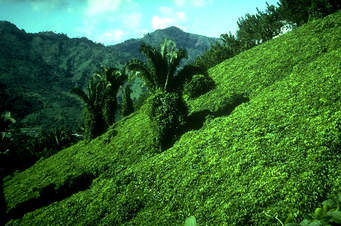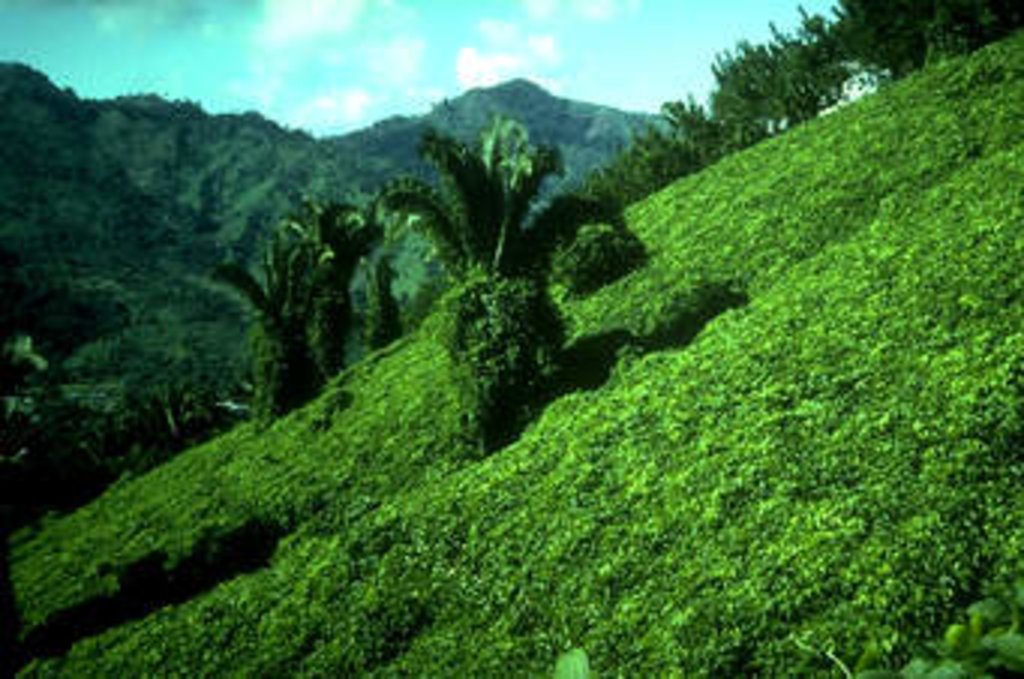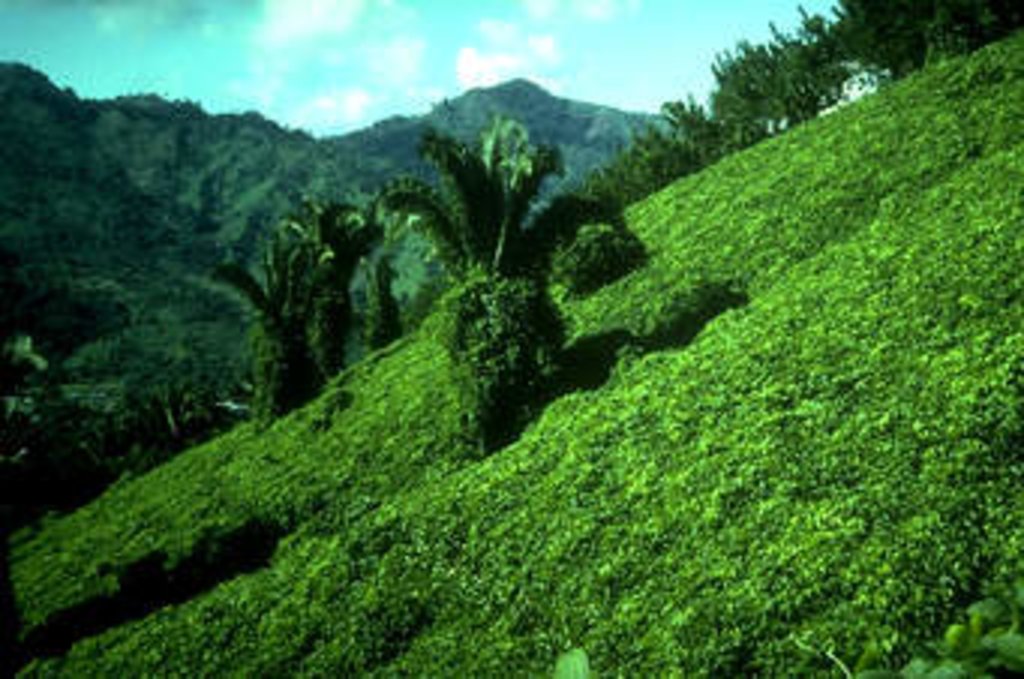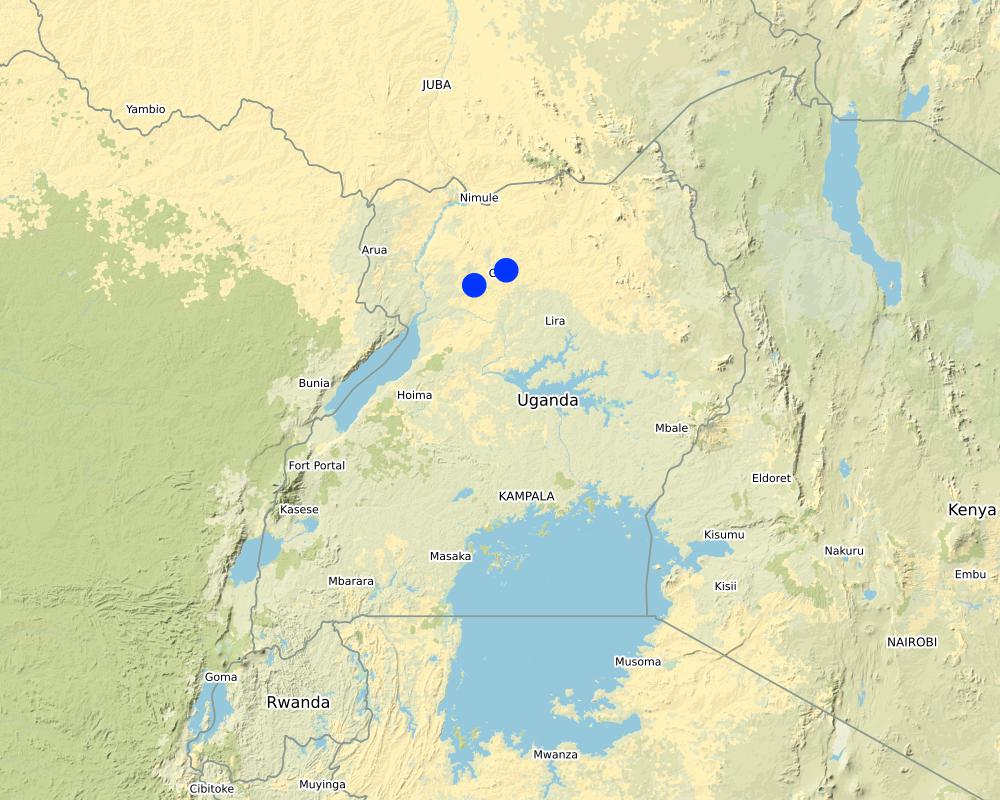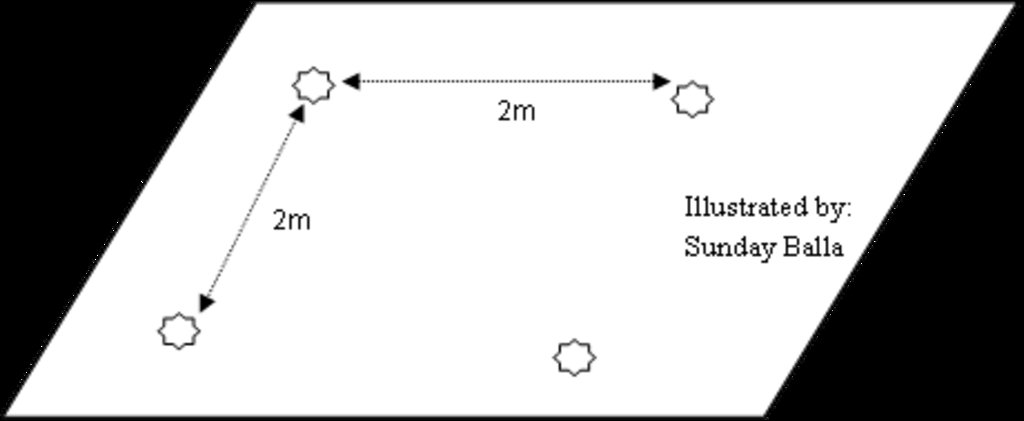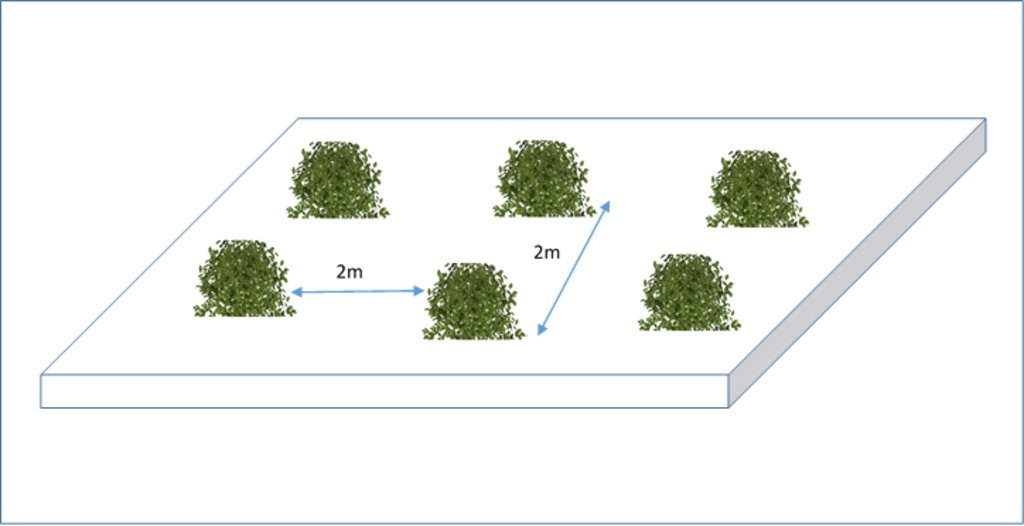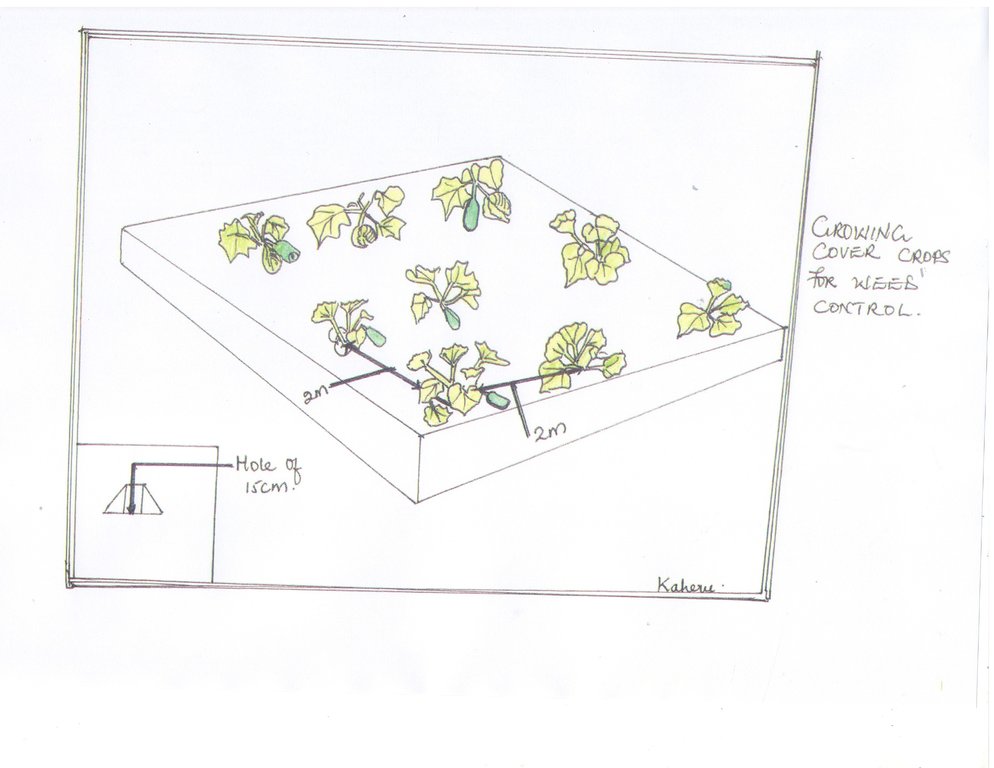Growing cover crops for weed control [乌干达]
- 创建:
- 更新:
- 编制者: Sunday Balla Amale
- 编辑者: Joy Tukahirwa, Kamugisha Rick Nelson, betty adoch, Bernard Fungo
- 审查者: John Stephen Tenywa, Nicole Harari, Udo Höggel
Pito cam me neko doo
technologies_3306 - 乌干达
查看章节
全部展开 全部收起1. 一般信息
1.2 参与该技术评估和文件编制的资源人员和机构的联系方式
关键资源人
SLM专业人员:
Sabiti Kidega Faith
Gulu Uganda Country Diary Farm
P.O box 388, Gulu Uganda
乌干达
有助于对技术进行记录/评估的项目名称(如相关)
Scaling-up SLM practices by smallholder farmers (IFAD)有助于对技术进行记录/评估的机构名称(如相关)
Makerere University (Makerere University) - 乌干达1.3 关于使用通过WOCAT记录的数据的条件
(现场)数据是什么时候汇编的?:
04/12/2017
编制者和关键资源人员接受有关使用通过WOCAT记录数据的条件。:
是
1.4 所述技术的可持续性声明
这里所描述的技术在土地退化方面是否存在问题,导致无法被认为是一种可持续的土地管理技术?:
否
1.5 请参阅有关SLM方法的问卷
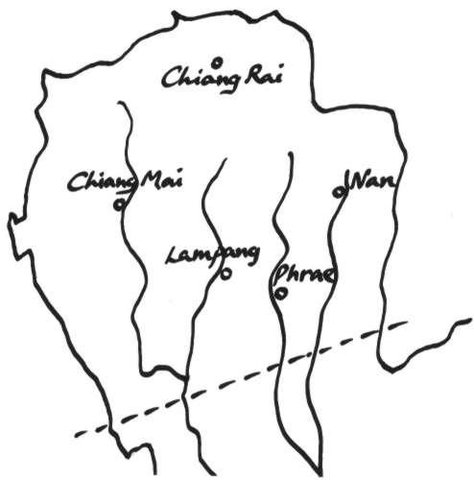
Vegetative erosion control and conservation cropping system [泰国]
This approach is 'the way' or 'how' the 'vegetative erosion control and conservation cropping system' has been implemented in the Upper North region of Thailand.
- 编制者: Samran Sombatpanit
2. SLM技术的说明
2.1 技术简介
技术定义:
Cultivating leguminous crops in weed prone fields to help overgrow and kill the weeds
2.2 技术的详细说明
说明:
Weeds account for a substantial proportion of crop yield losses among farming communities in northern Uganda. Weeds reduce farm and forest productivity, by depriving them of soil nutrients and water, the latter especially during dry seasons.
Majority of farmers in northern Uganda weed fields using rudimentary methods such as hand-hoeing and hand picking; both of which are manual and ineffective. Mechanized and herbicide weeding methods are out of reach of typical small scale farmers in the region. Moreover, alternative, more cost effective and environmentally augmenting natural weed control methods such as cover crops or living mulch exist, but are yet to be adopted widely in the region. Cover crops are creeping leguminous crops such as Macuna beans (mucuna pruriens) and local wild beans, which are planted in fields purposely to suppress weeds, control runoff and soil erosion, conserve soil moisture, fix nitrogen, regulate soil temperature, improve soil structure and provide fodder for livestock.
In northern Uganda, cover crops are usually planted at a spacing of 2 meter by 2 meter (see figure below) and in holes of 5 cm depth. Cover mulches are generally planted after the main crops have been harvested to minimize cover crop-main crop competition for resources. Nevertheless, planting while the main crop is growing in the field is also possible. However, the main crops should be given up to five weeks to establish before planting your cover crop.
The cover crop technology, being a natural phenomenon is usually affordable by typical small scale farmers in northern Uganda. The only challenge is to access to quality seed of suitable cover crops. Otherwise, after sowing the first and purchased seed, the farmer uses own seed harvested from previous crops for subsequent season sowing. However, the farmer needs to ensure that cover crops do not become invasive in cropping fields. This is done by clearing cover crops just before their fruits mature. As such, only a portion of the cover crop to be left for seed purpose is allowed growth to full maturity.
2.3 技术照片
2.5 已应用该技术的、本评估所涵盖的国家/地区/地点
国家:
乌干达
区域/州/省:
Gulu
有关地点的进一步说明:
Nwoya District
注释:
The other location is mapped for available seed of a good cover crop (in Gulu)
Map
×2.6 实施日期
注明实施年份:
2013
2.7 技术介绍
详细说明该技术是如何引入的:
- 通过项目/外部干预
3. SLM技术的分类
3.1 该技术的主要目的
- 改良生产
- 减少、预防、恢复土地退化
- 创造有益的经济影响
3.2 应用该技术的当前土地利用类型

农田
- 一年一作
- 多年一作(非木材)
- 乔木与灌木的种植
主要农作物(经济作物及粮食作物):
Maize, cassava, bananas, oranges, mangoes, tree plantations

牧场
粗放式放牧场:
- 半游牧/游牧
集约放牧/饲料生产:
- 收割和携带/零放牧
- 改良牧场
3.3 有关土地利用的更多信息
该技术所应用土地的供水:
- 雨养
每年的生长季节数:
- 2
具体说明:
Two rainy seasons
3.4 该技术所属的SLM组
- 轮作制度(轮作、休耕、轮垦)
- 改良的地面/植被覆盖
- 病虫害综合管理(包括有机农业)
3.5 技术传播
具体说明该技术的分布:
- 适用于特定场所/集中在较小区域
注释:
gardens ranging from 0.25 to 5ha
3.6 包含该技术的可持续土地管理措施

农艺措施
- A1:植被和土壤覆盖层
- A2:有机质/土壤肥力

植物措施
- V2:草和多年生草本植物
3.7 该技术强调的主要土地退化类型

土壤水蚀
- Wt:表土流失/地表侵蚀

土壤风蚀
- Et:表土流失

化学性土壤退化
- Cp:土壤污染

生物性退化
- Bp:害虫/疾病增加,捕食者减少
3.8 防止、减少或恢复土地退化
具体数量名该技术与土地退化有关的目标:
- 减少土地退化
- 修复/恢复严重退化的土地
4. 技术规范、实施活动、投入和成本
4.1 该技术的技术图纸
4.2 技术规范/技术图纸说明
Spacing between covercrop plants: 2m X 2m, plant one seed per planting hole.
4.3 有关投入和成本计算的一般信息
具体说明成本和投入是如何计算的:
- 每个技术区域
注明尺寸和面积单位:
1ha
其它/国家货币(具体说明):
uganda shillings
注明美元与当地货币的汇率(如相关):1美元=:
3600.0
注明雇用劳工的每日平均工资成本:
5000
4.4 技术建立活动
| 活动 | 措施类型 | 时间 | |
|---|---|---|---|
| 1. | Obtaining seed | 管理 | dry season |
| 2. | Digging the holes for planting | 农业学的 | onset of rains |
| 3. | Planting covercrop seeds | 农业学的 | onset of rains |
| 4. | Clearing cover crops (partly) | 管理 | at fruit set |
| 5. | Harvesting covercrop seed | 管理 | at seed maturity |
注释:
Most of the field is cleared, only a portion about 10m x 10m is left to grow to provide seed for saving
4.5 技术建立所需要的费用和投入
| 对投入进行具体说明 | 单位 | 数量 | 单位成本 | 每项投入的总成本 | 土地使用者承担的成本% | |
|---|---|---|---|---|---|---|
| 劳动力 | During planting | personnel | 2.0 | 5000.0 | 10000.0 | 100.0 |
| 劳动力 | Clearing | personnel | 6.0 | 5000.0 | 30000.0 | 100.0 |
| 劳动力 | Harvesting | personnel | 1.0 | 5000.0 | 5000.0 | 100.0 |
| 设备 | Hand hoe | pieces | 1.0 | 12000.0 | 12000.0 | 100.0 |
| 设备 | Slashers | pieces | 1.0 | 6000.0 | 6000.0 | 100.0 |
| 植物材料 | Seeds | kg | 2.0 | 8000.0 | 16000.0 | 100.0 |
| 技术建立所需总成本 | 79000.0 | |||||
4.6 维护/经常性活动
| 活动 | 措施类型 | 时间/频率 | |
|---|---|---|---|
| 1. | Planting | 农业学的 | once after every 3-4 years |
| 2. | Clearing | 管理 | once after every 3-4 years |
| 3. | Seed harvesting and saving | 管理 | once after every 3-4 years |
4.7 维护/经常性活动所需要的费用和投入(每年)
| 对投入进行具体说明 | 单位 | 数量 | 单位成本 | 每项投入的总成本 | 土地使用者承担的成本% | |
|---|---|---|---|---|---|---|
| 劳动力 | Planting | personnel | 0.5 | 5000.0 | 2500.0 | 100.0 |
| 劳动力 | Slashing | personnel | 1.5 | 5000.0 | 7500.0 | 100.0 |
| 设备 | Handhoe | pieces | 0.25 | 12000.0 | 3000.0 | 100.0 |
| 设备 | Slashers | pieces | 0.25 | 6000.0 | 1500.0 | 100.0 |
| 技术维护所需总成本 | 14500.0 | |||||
注释:
The cost is given as an estimate since it would be incurred once every 3-4 years. So, values of quantity per year is 0.25 of 4 years.
4.8 影响成本的最重要因素
描述影响成本的最决定性因素:
Labour for slashing the covercrop
5. 自然和人文环境
5.1 气候
年降雨量
- < 250毫米
- 251-500毫米
- 501-750毫米
- 751-1,000毫米
- 1,001-1,500毫米
- 1,501-2,000毫米
- 2,001-3,000毫米
- 3,001-4,000毫米
- > 4,000毫米
农业气候带
- 半湿润
5.2 地形
平均坡度:
- 水平(0-2%)
- 缓降(3-5%)
- 平缓(6-10%)
- 滚坡(11-15%)
- 崎岖(16-30%)
- 陡峭(31-60%)
- 非常陡峭(>60%)
地形:
- 高原/平原
- 山脊
- 山坡
- 山地斜坡
- 麓坡
- 谷底
垂直分布带:
- 0-100 m a.s.l.
- 101-500 m a.s.l.
- 501-1,000 m a.s.l.
- 1,001-1,500 m a.s.l.
- 1,501-2,000 m a.s.l.
- 2,001-2,500 m a.s.l.
- 2,501-3,000 m a.s.l.
- 3,001-4,000 m a.s.l.
- > 4,000 m a.s.l.
说明该技术是否专门应用于:
- 不相关
5.3 土壤
平均土层深度:
- 非常浅(0-20厘米)
- 浅(21-50厘米)
- 中等深度(51-80厘米)
- 深(81-120厘米)
- 非常深(> 120厘米)
土壤质地(表土):
- 中粒(壤土、粉土)
土壤质地(地表以下> 20厘米):
- 细粒/重质(粘土)
表土有机质:
- 中(1-3%)
5.4 水资源可用性和质量
地下水位表:
> 50米
地表水的可用性:
中等
水质(未处理):
不良饮用水(需要处理)
水的盐度有问题吗?:
否
该区域正在发生洪水吗?:
否
5.5 生物多样性
物种多样性:
- 中等
栖息地多样性:
- 中等
5.6 应用该技术的土地使用者的特征
定栖或游牧:
- 定栖的
生产系统的市场定位:
- 生计(自给)
非农收入:
- > 收入的50%
相对财富水平:
- 贫瘠
个人或集体:
- 个人/家庭
机械化水平:
- 手工作业
性别:
- 女人
- 男人
土地使用者的年龄:
- 中年人
- 老年人
5.7 应用该技术的土地使用者拥有或租用的平均土地面积
- < 0.5 公顷
- 0.5-1 公顷
- 1-2 公顷
- 2-5公顷
- 5-15公顷
- 15-50公顷
- 50-100公顷
- 100-500公顷
- 500-1,000公顷
- 1,000-10,000公顷
- > 10,000公顷
这被认为是小规模、中规模还是大规模的(参照当地实际情况)?:
- 中等规模的
5.8 土地所有权、土地使用权和水使用权
土地所有权:
- 个人,未命名
土地使用权:
- 个人
用水权:
- 社区(有组织)
5.9 进入服务和基础设施的通道
健康:
- 贫瘠
- 适度的
- 好
教育:
- 贫瘠
- 适度的
- 好
技术援助:
- 贫瘠
- 适度的
- 好
就业(例如非农):
- 贫瘠
- 适度的
- 好
市场:
- 贫瘠
- 适度的
- 好
能源:
- 贫瘠
- 适度的
- 好
道路和交通:
- 贫瘠
- 适度的
- 好
饮用水和卫生设施:
- 贫瘠
- 适度的
- 好
金融服务:
- 贫瘠
- 适度的
- 好
6. 影响和结论性说明
6.1 该技术的现场影响
社会经济效应
生产
作物生产
SLM之前的数量:
1200kg per ha
SLM之后的数量:
1800kg per ha
注释/具体说明:
Yields pertain to maize
作物质量
SLM之前的数量:
poor seed
SLM之后的数量:
good quality seed
饲料生产
注释/具体说明:
Slashed cover crop as feeds
饲料质量
畜牧生产
生产故障风险
生产区域
收入和成本
农业投入费用
SLM之前的数量:
20000 per year
SLM之后的数量:
0
注释/具体说明:
Pertains to herbicides
农业收入
工作量
注释/具体说明:
Now weed garden once a season. Before farmers used to weed 2-3 times per season.
社会文化影响
食品安全/自给自足
SLM/土地退化知识
生态影响
水循环/径流
地表径流
蒸发
6.2 该技术的场外影响已经显现
缓冲/过滤能力
风力搬运沉积物
6.3 技术对渐变气候以及与气候相关的极端情况/灾害的暴露和敏感性(土地使用者认为的极端情况/灾害)
渐变气候
渐变气候
| 季节 | 气候变化/极端天气的类型 | 该技术是如何应对的? | |
|---|---|---|---|
| 年温度 | 增加 | 非常好 | |
| 季节性温度 | 旱季 | 增加 | 好 |
| 年降雨量 | 减少 | 非常好 | |
| 季雨量 | 湿季/雨季 | 减少 | 非常好 |
气候有关的极端情况(灾害)
气象灾害
| 该技术是如何应对的? | |
|---|---|
| 局地风暴 | 好 |
气候灾害
| 该技术是如何应对的? | |
|---|---|
| 干旱 | 好 |
6.4 成本效益分析
技术收益与技术建立成本相比如何(从土地使用者的角度看)?
短期回报:
积极
长期回报:
非常积极
技术收益与技术维护成本/经常性成本相比如何(从土地使用者的角度看)?
短期回报:
积极
长期回报:
非常积极
6.5 技术采用
- 1-10%
在所有采用这项技术的人当中,有多少人是自发地采用该技术,即未获得任何物质奖励/付款?:
- 90-100%
6.6 适应
最近是否对该技术进行了修改以适应不断变化的条件?:
否
6.7 该技术的优点/长处/机会
| 土地使用者眼中的长处/优势/机会 |
|---|
| reduction of workload on the farmer during weeding |
| Reduction of erosion and improvement of soil fertility as the cover crop in most cases is a legume |
| 编制者或其他关键资源人员认为的长处/优势/机会 |
|---|
| Sustainable source of green manure, animal manure |
| Farmers can save own seed |
6.8 技术的弱点/缺点/风险及其克服方法
| 土地使用者认为的弱点/缺点/风险 | 如何克服它们? |
|---|---|
| Requires to be planted very early at onset of season | |
| Can become invasive if not well managed |
7. 参考和链接
7.1 信息的方法/来源
- 实地考察、实地调查
1
- 与土地使用者的访谈
1
- 与SLM专业人员/专家的访谈
1
链接和模块
全部展开 全部收起链接

Vegetative erosion control and conservation cropping system [泰国]
This approach is 'the way' or 'how' the 'vegetative erosion control and conservation cropping system' has been implemented in the Upper North region of Thailand.
- 编制者: Samran Sombatpanit
模块
无模块


